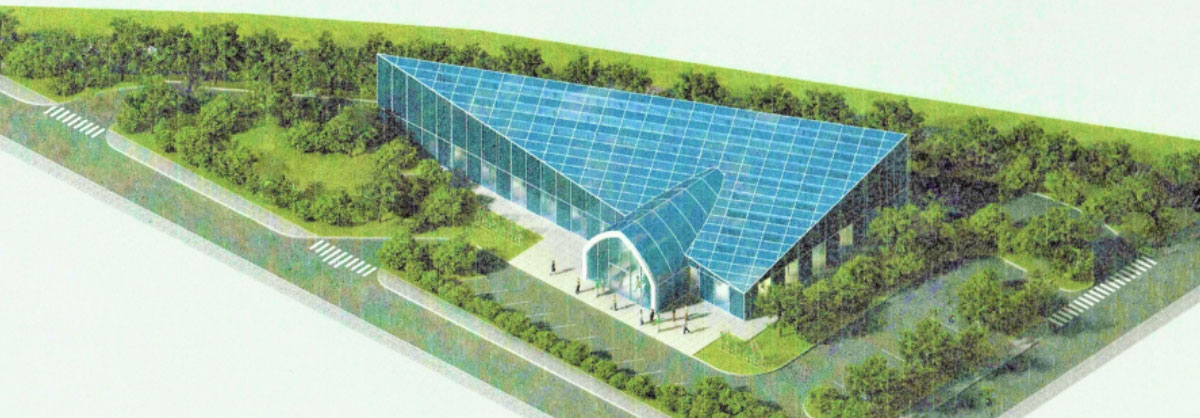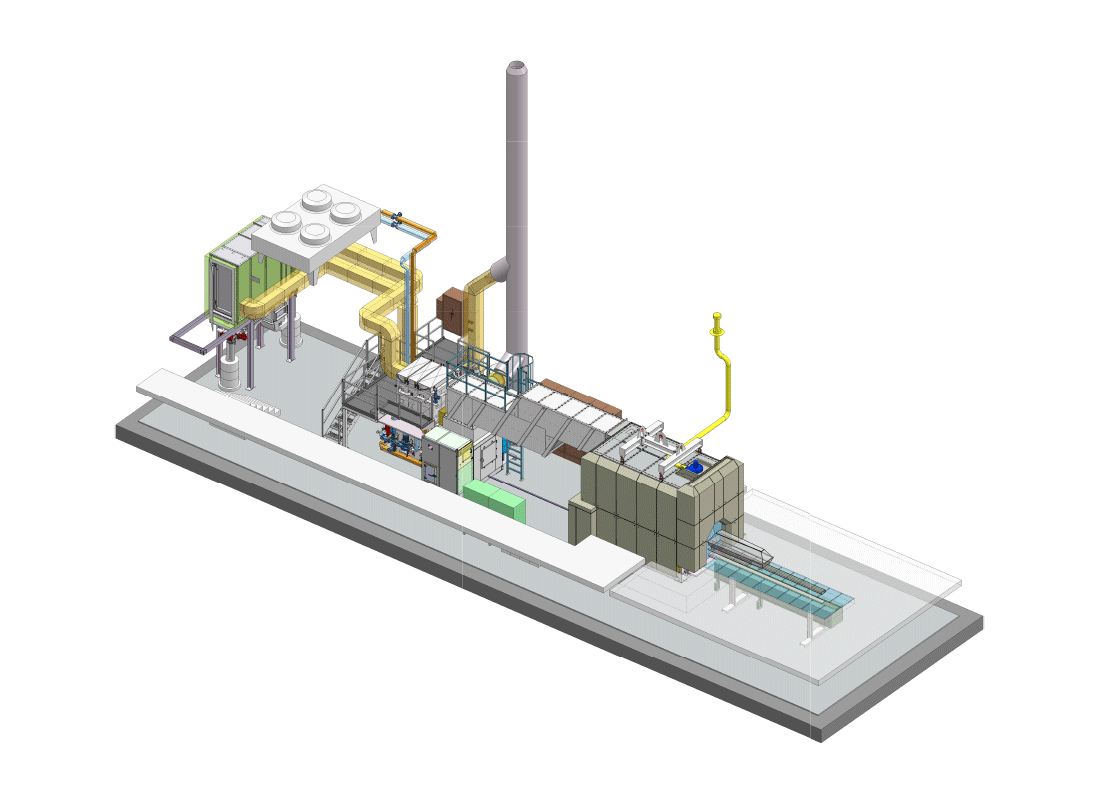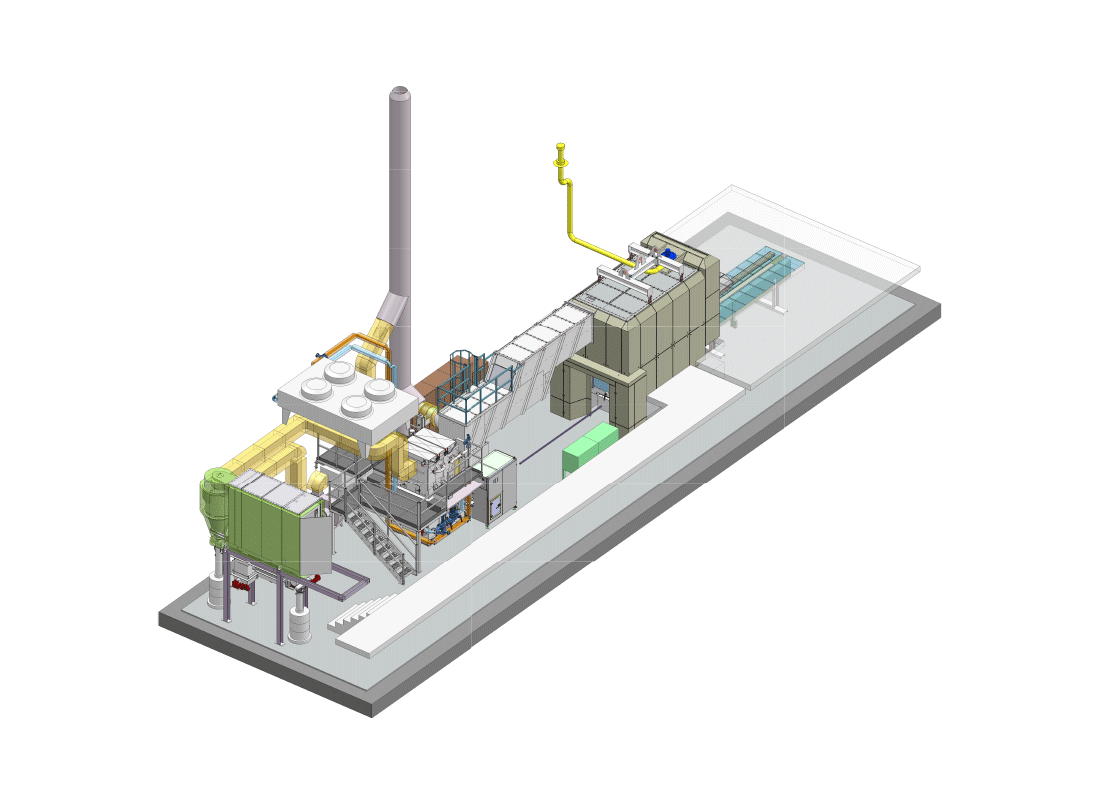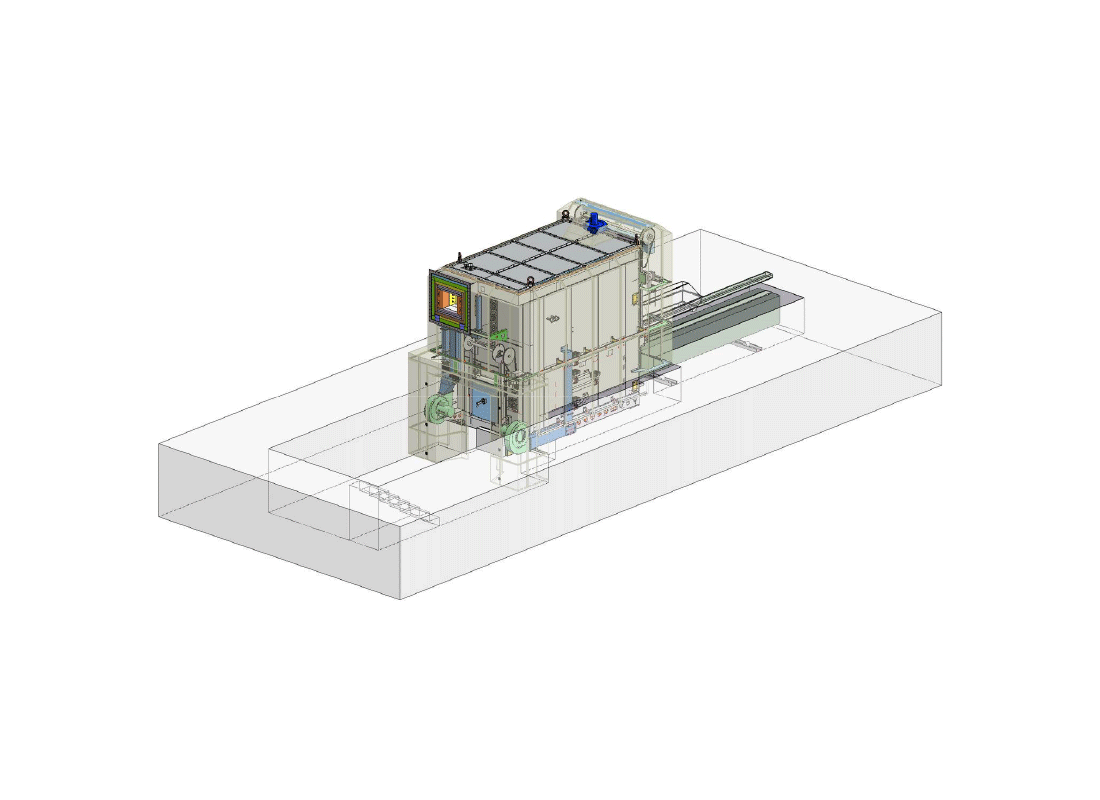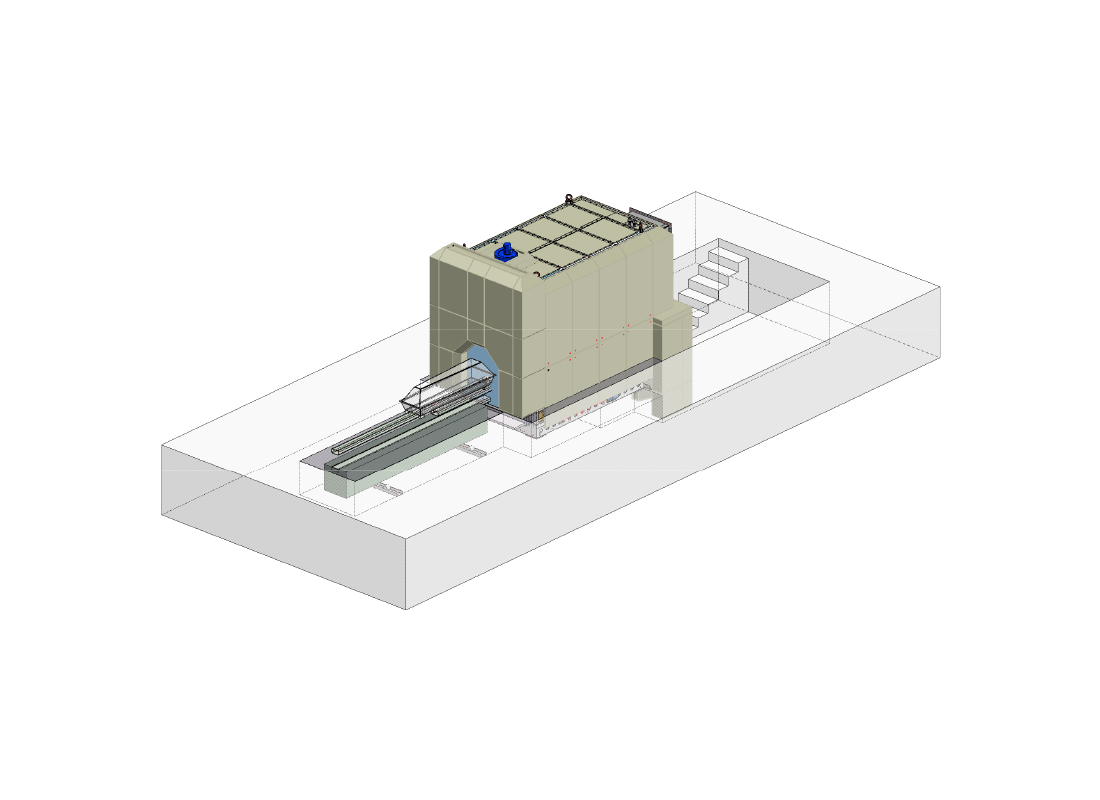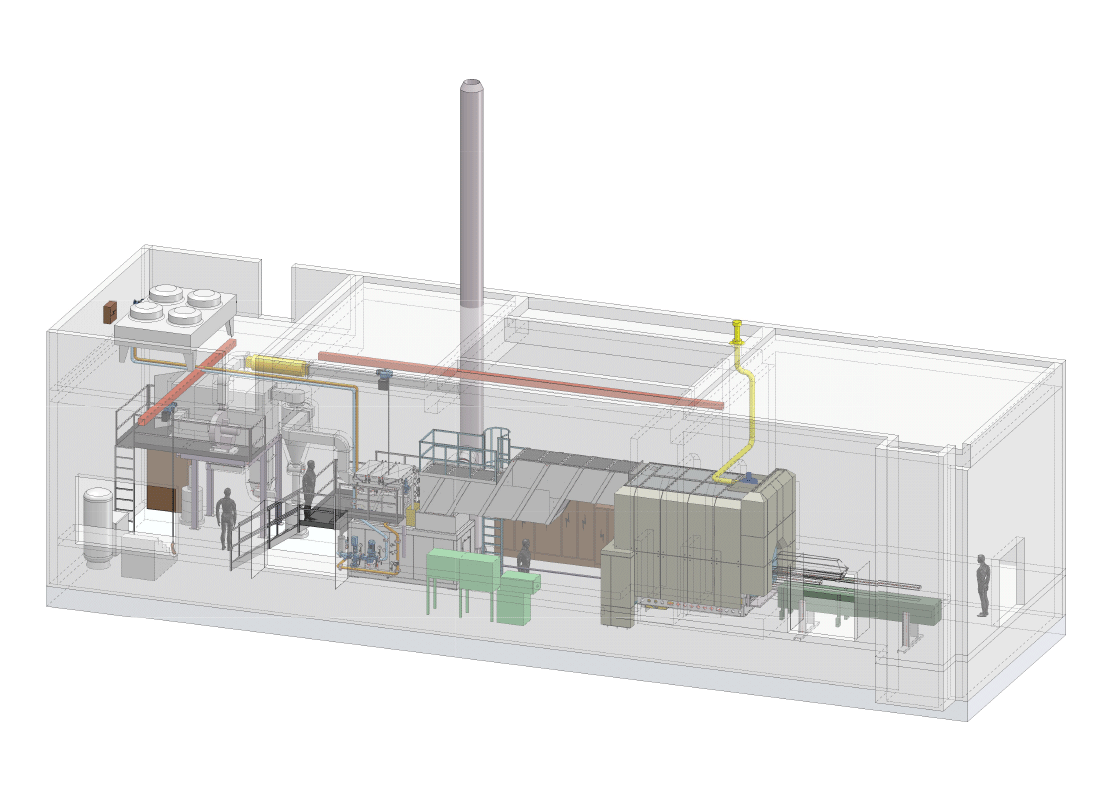The best energy …
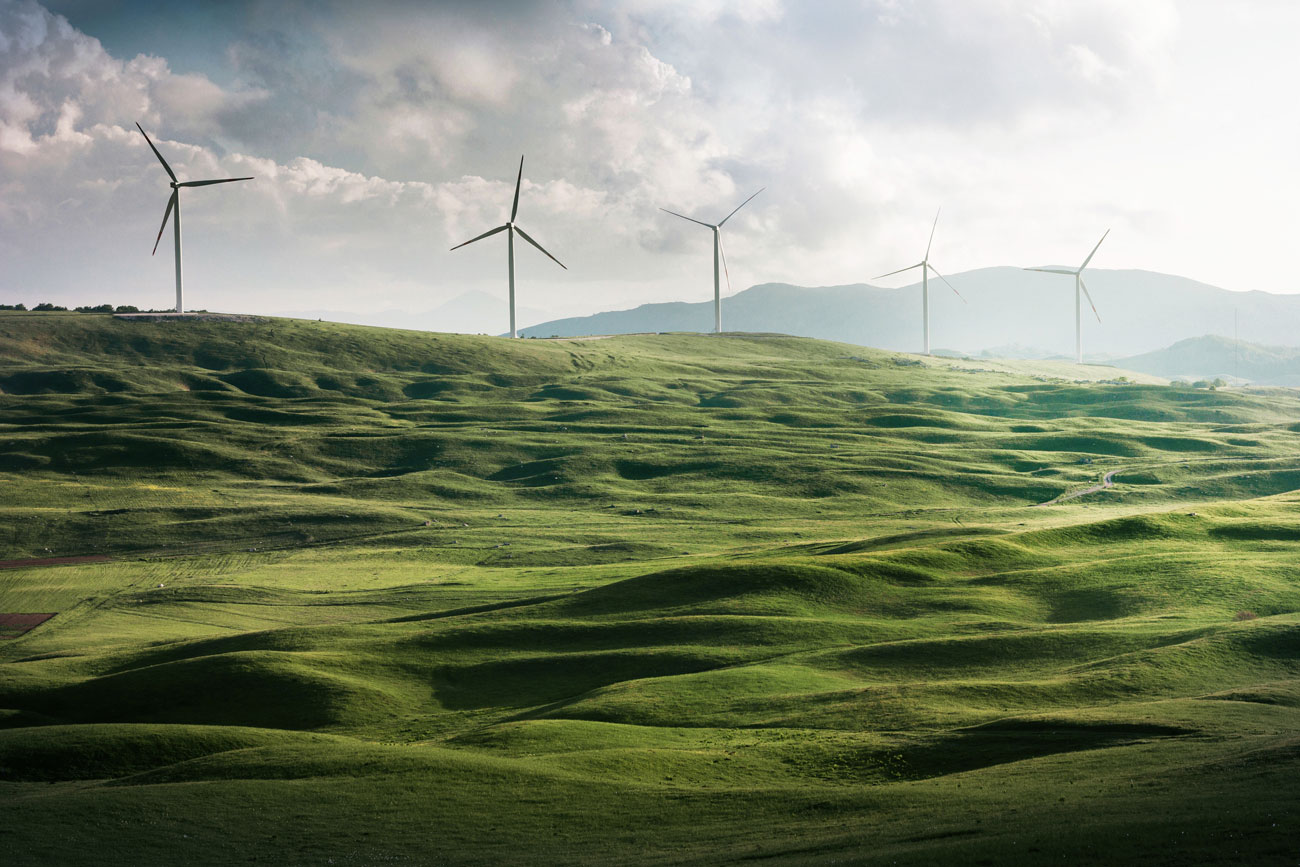
is energy from regenerative sources.
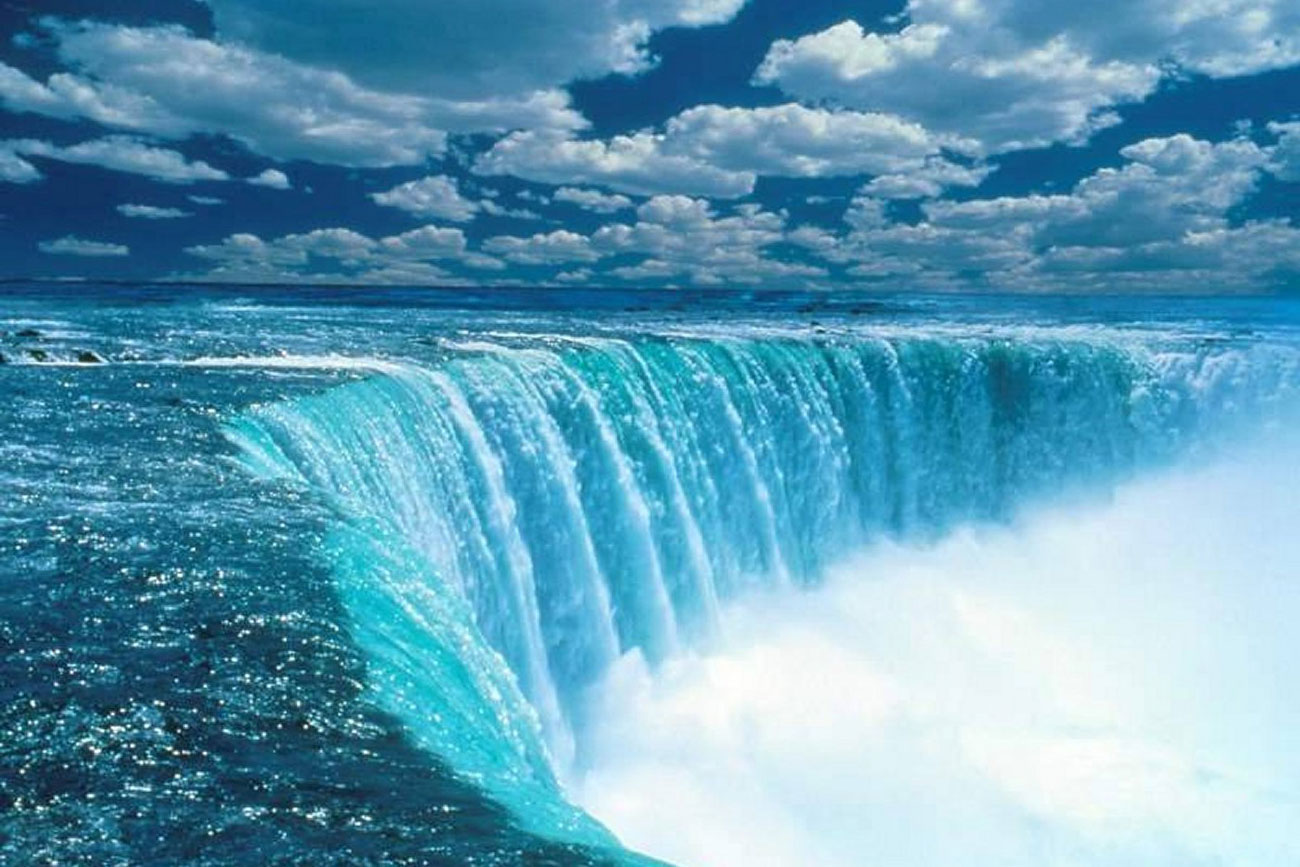
Because there is no other planet!
![]()
Cremation of the future means
using existing resources
and
storing them in times of surplus
Gas incinerator
The gas burner heats the refractory walls proceeding from the inward of the chamber. The thermal energy is imbibed by the fireclays.
Electric incinerator
The heating elements inside the refractory walls ensure a highly efficient expansion of the temperature throughout the chamber. This resulst in lower energy consumption while heating-up.
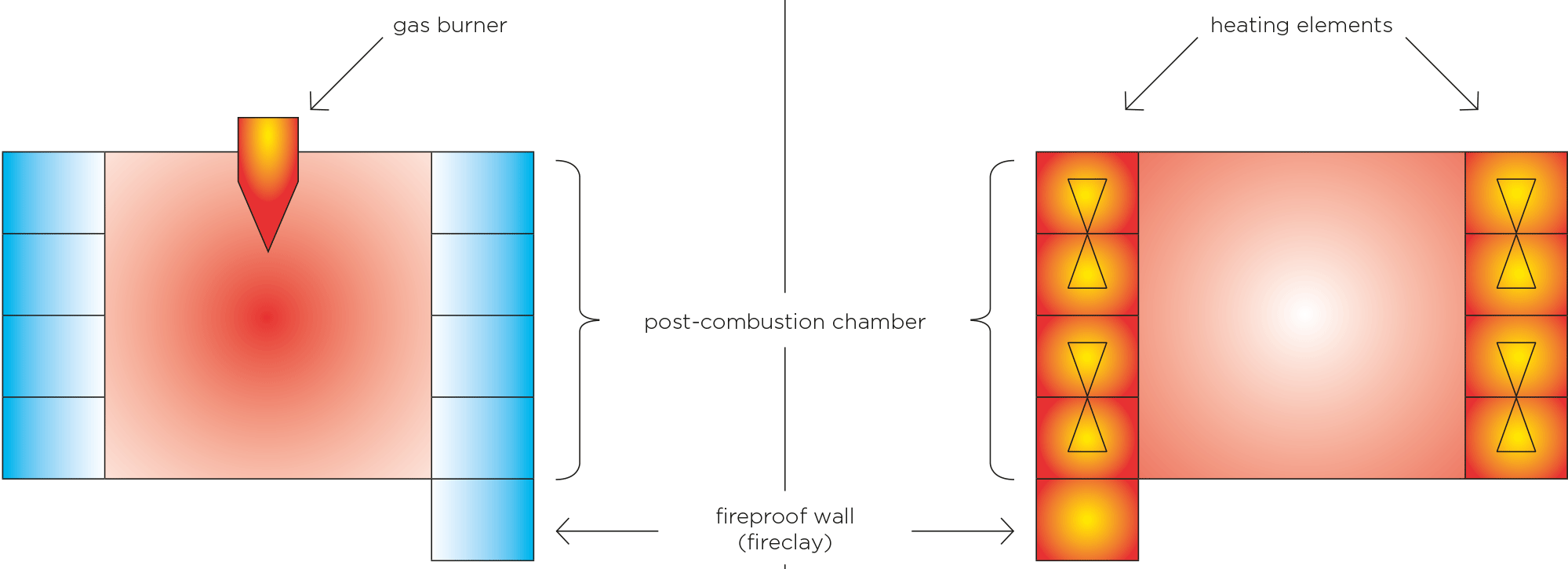

-
heating up without burner and oxygen
- low energy consumption
- temperature can be kept constant in a closed system
-
closed combustion chamber
- no uncontrolled entry of cold air
- false air inflow reduced by a third
-
constant temperature inside
- sustainable use of temperature
- improved controllability of the temperature
-
broad heating elements in terms of surface area
- facilitates a constistent thermal development in the combustion chamber
- ensures an ideal combustion result
Comparison of gas and electric incinerator
1,800 cremations per year
| gas incinerator | elektric incinerator | |
|---|---|---|
| time of cremation | approx. 60 minutes | approx. 60 minutes |
| energy consumption furnace | 40 kWh per cremation | 20 kWh per cremation |
| energy consumption filter | 25 kWh per cremation | 25 kWh per cremation |
| emissions | 10 mg CO / 11 % O2 | 10 mg CO / 15 % O2 |


State of the Art
-
Stand-by mode
- closed chambersystem
- temperature is kept constant
-
heating up
- e.g. with domestic electricity or with cost-efficient renewable energies
-
cremation
- heating elements stay off
- just the filter and the control system require energy
Furnace
20 kWh per cremation
Filter
25 kWh per cremation
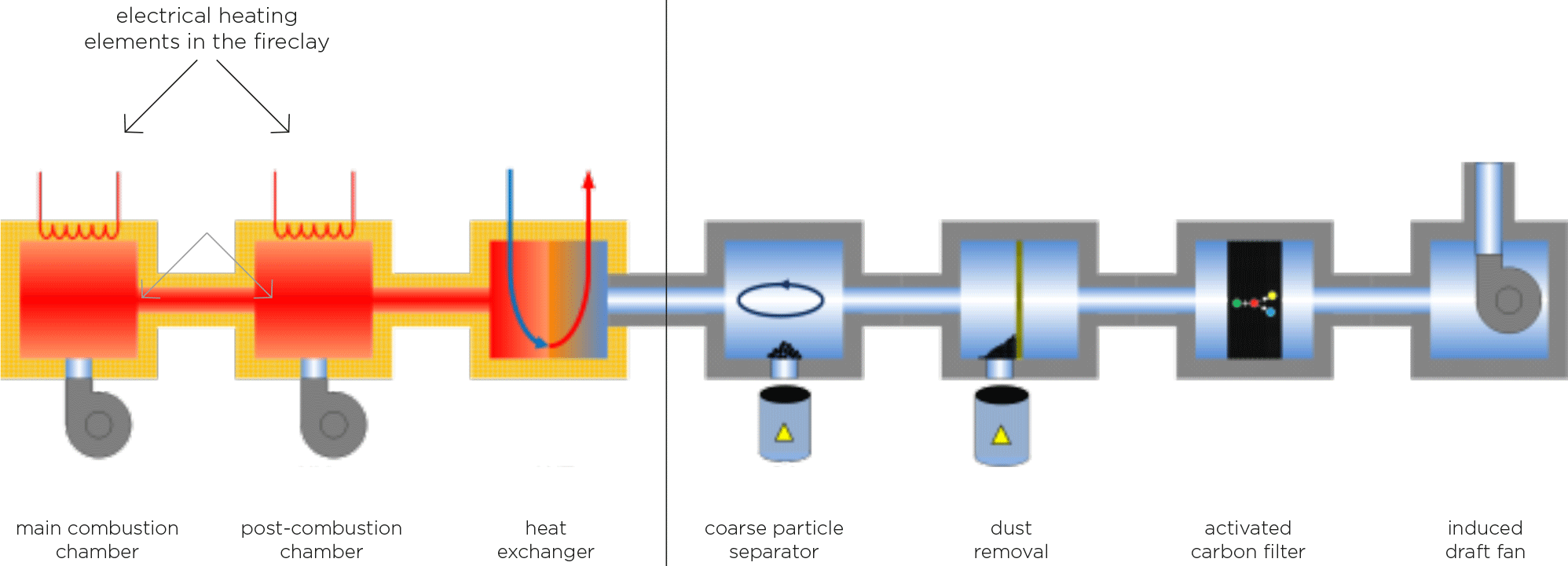
Visualizations
State of the Art
-
ease of use through automatic control
-
plain and simple maintenance and servicing through modular design
-
24 hours service
-
long-term guarantee
-
maintenance contract
Sustainability
-
no unnecessary consumption of fossil energy sources
-
low energy consumption
-
superb emission values
-
sustained utilization of resources
-
use of cost-efficient and alternative energy sources low carbon footprint
Low carbon footprint
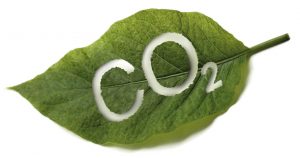
Vision
independent photovoltaic crematorium
